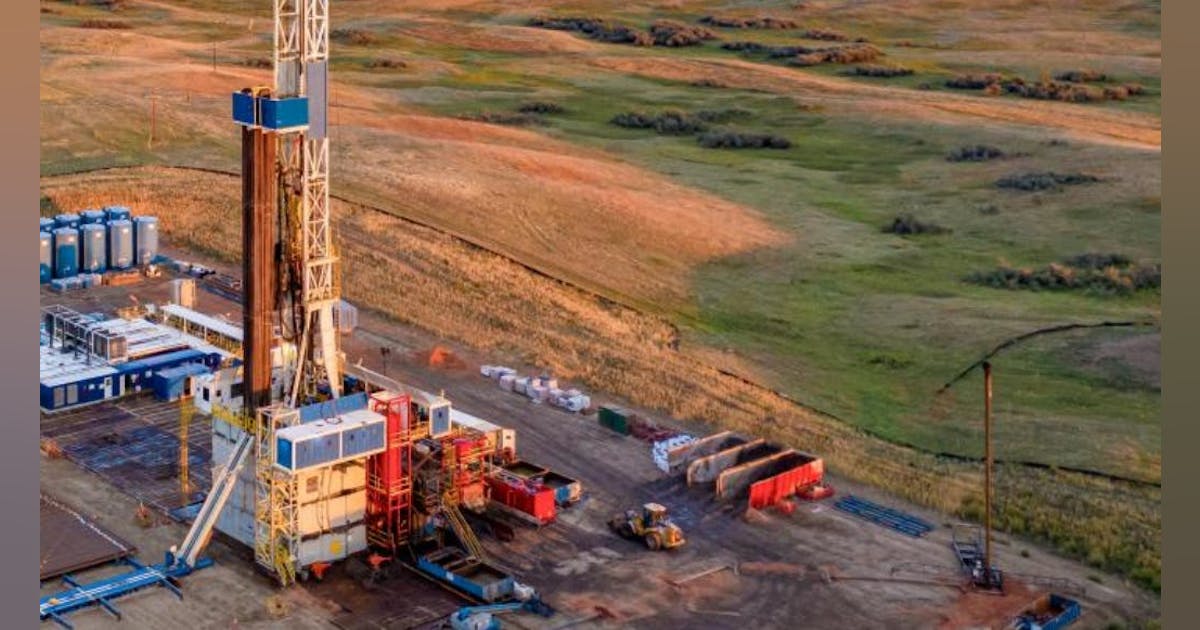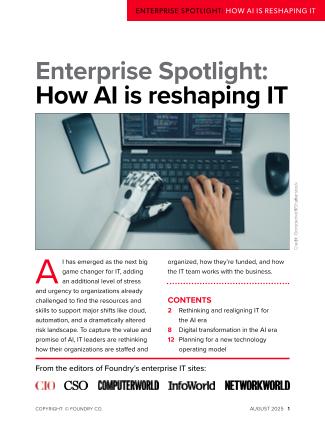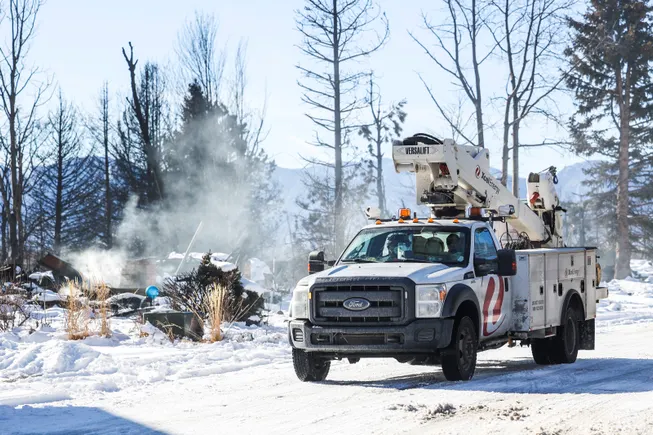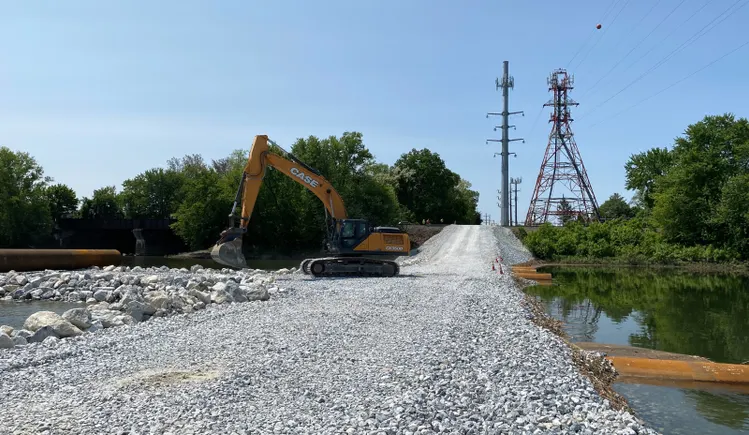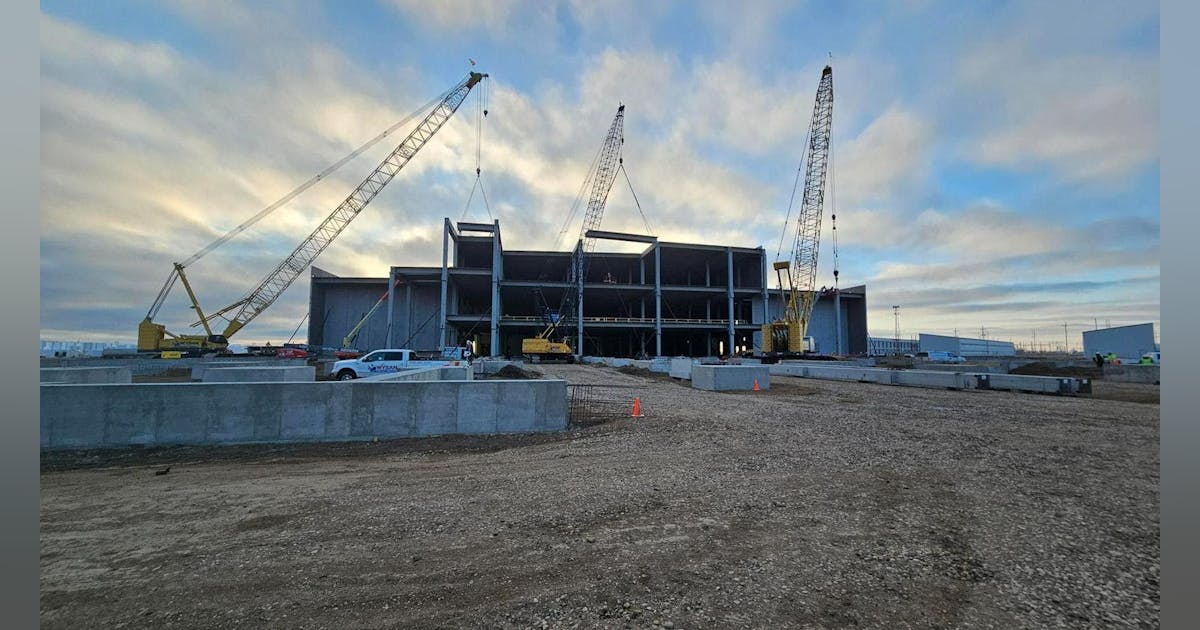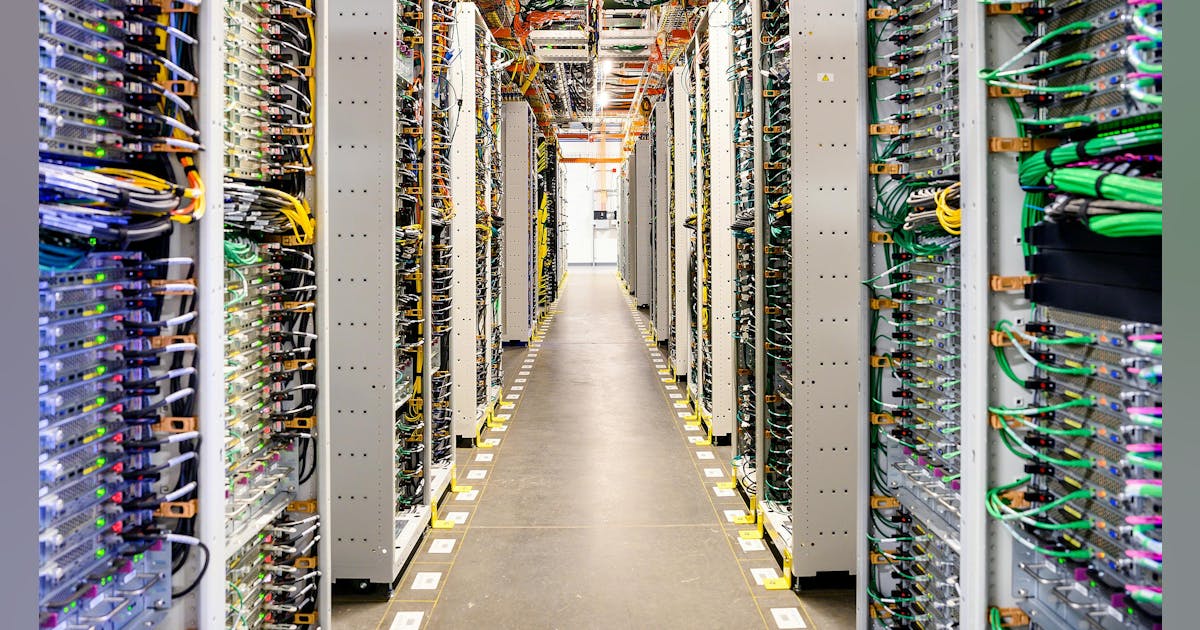
At first glance, the Bathhouse spa in Brooklyn looks not so different from other high-end spas. What sets it apart is out of sight: a closet full of cryptocurrency-mining computers that not only generate bitcoins but also heat the spa’s pools, marble hammams, and showers.
When cofounder Jason Goodman opened Bathhouse’s first location in Williamsburg in 2019, he used conventional pool heaters. But after diving deep into the world of bitcoin, he realized he could fit cryptocurrency mining seamlessly into his business. That’s because the process, where special computers (called miners) make trillions of guesses per second to try to land on the string of numbers that will earn a bitcoin, consumes tremendous amounts of electricity—which in turn produces plenty of heat that usually goes to waste.
“I thought, ‘That’s interesting—we need heat,’” Goodman says of Bathhouse. Mining facilities typically use fans or water to cool their computers. And pools of water, of course, are a prominent feature of the spa.
It takes six miners, each roughly the size of an Xbox One console, to maintain a hot tub at 104 °F. At Bathhouse’s Williamsburg location, miners hum away quietly inside two large tanks, tucked in a storage closet among liquor bottles and teas. To keep them cool and quiet, the units are immersed directly in non-conductive oil, which absorbs the heat they give off and is pumped through tubes beneath Bathhouse’s hot tubs and hammams.
Mining boilers, which cool the computers by pumping in cold water that comes back out at 170 °F, are now also being used at the site. A thermal battery stores excess heat for future use.
Goodman says his spas aren’t saving energy by using bitcoin miners for heat, but they’re also not using any more than they would with conventional water heating. “I’m just inserting miners into that chain,” he says.
Goodman isn’t the only one to see the potential in heating with crypto. In Finland, Marathon Digital Holdings turned fleets of bitcoin miners into a district heating system to warm the homes of 80,000 residents. HeatCore, an integrated energy service provider, has used bitcoin mining to heat a commercial office building in China and to keep pools at a constant temperature for fish farming. This year it will begin a pilot project to heat seawater for desalination. On a smaller scale, bitcoin fans who also want some extra warmth can buy miners that double as space heaters.
Crypto enthusiasts like Goodman think much more of this is coming—especially under the Trump administration, which has announced plans to create a bitcoin reserve. This prospect alarms environmentalists.
The energy required for a single bitcoin transaction varies, but as of mid-March it was equivalent to the energy consumed by an average US household over 47.2 days, according to the Bitcoin Energy Consumption Index, run by the economist Alex de Vries.
Among the various cryptocurrencies, bitcoin mining gobbles up the most energy by far. De Vries points out that others, like ethereum, have eliminated mining and implemented less energy-intensive algorithms. But bitcoin users resist any change to their currency, so de Vries is doubtful a shift away from mining will happen anytime soon.
One key barrier to using bitcoin for heating, de Vries says, is that the heat can only be transported short distances before it dissipates. “I see this as something that is extremely niche,” he says. “It’s just not competitive, and you can’t make it work at a large scale.”
The more renewable sources that are added to electric grids to replace fossil fuels, the cleaner crypto mining will become. But even if bitcoin is powered by renewable energy, “that doesn’t make it sustainable,” says Kaveh Madani, director of the United Nations University Institute for Water, Environment, and Health. Mining burns through valuable resources that could otherwise be used to meet existing energy needs, Madani says.
For Goodman, relaxing into bitcoin-heated water is a completely justifiable use of energy. It soothes the muscles, calms the mind, and challenges current economic structures, all at the same time.
Carrie Klein is a freelance journalist based in New York City.


